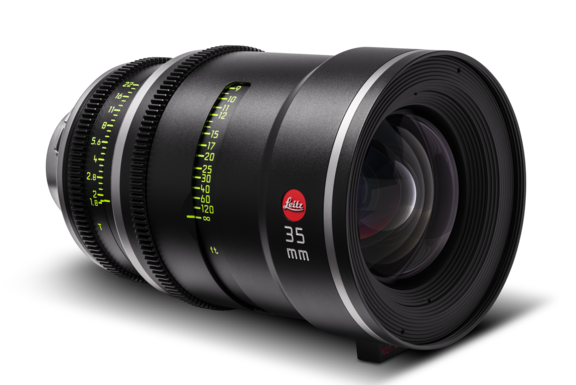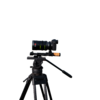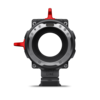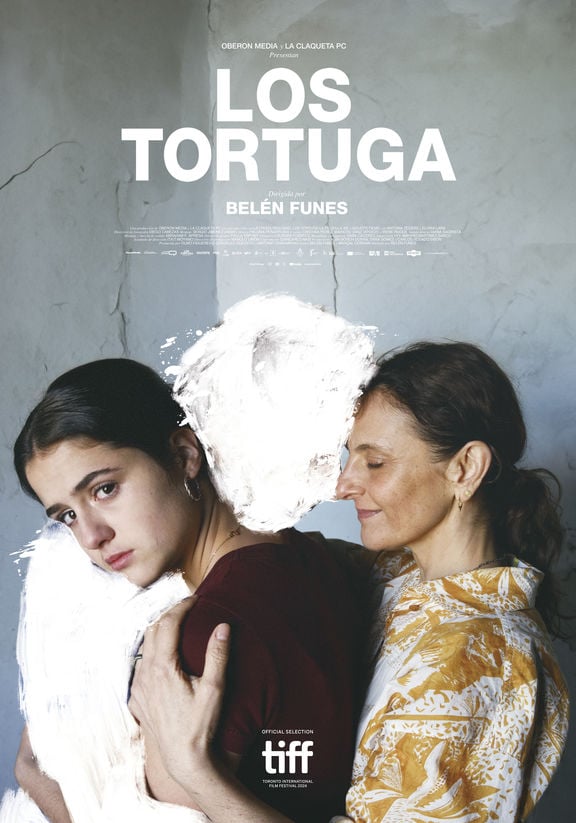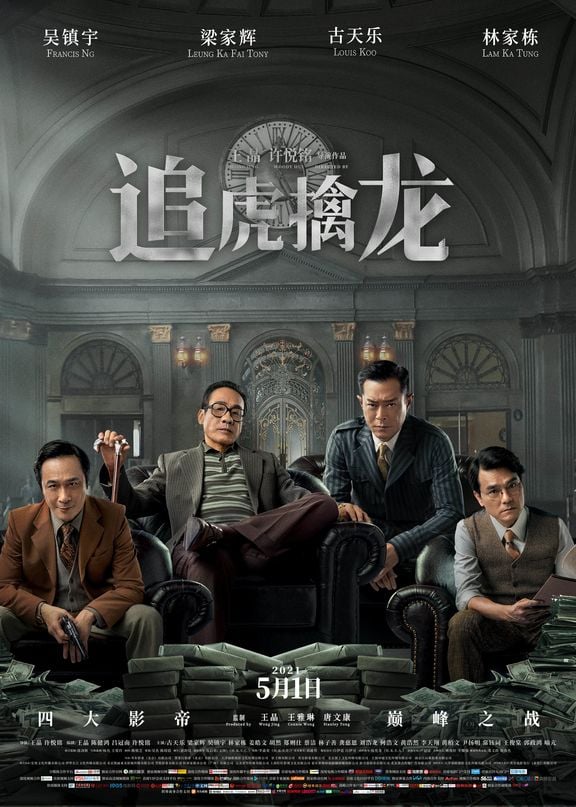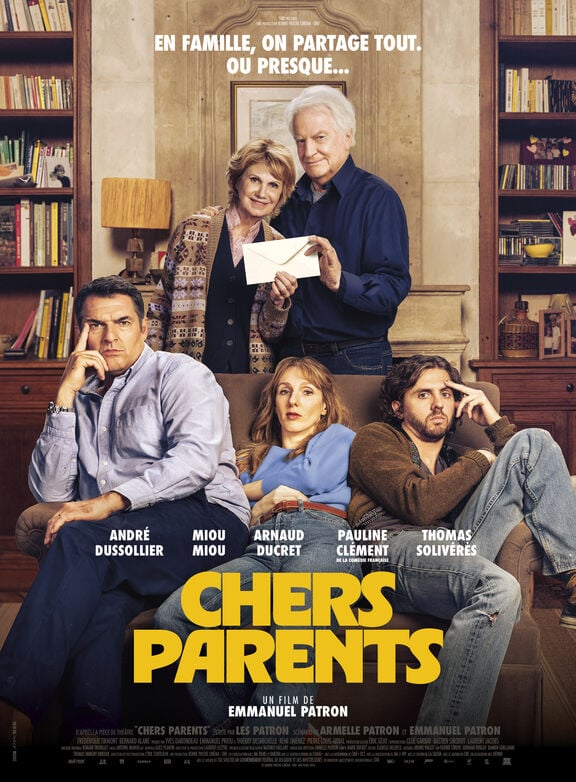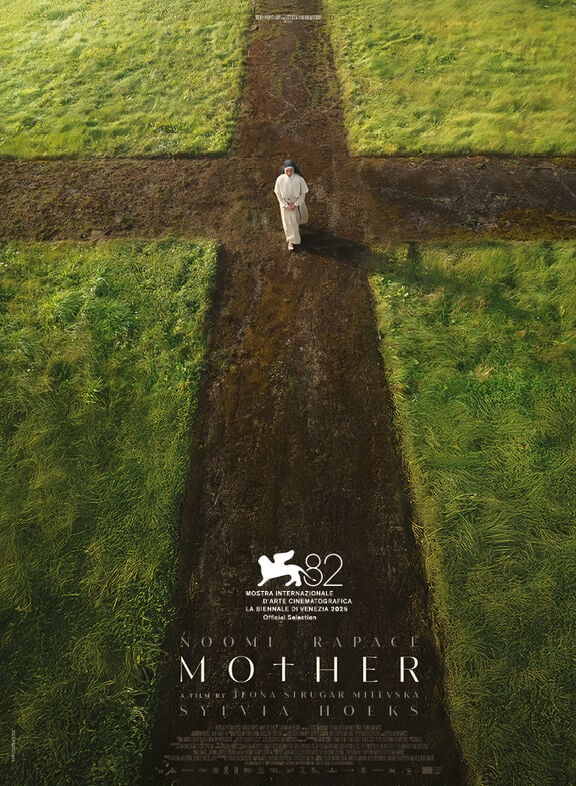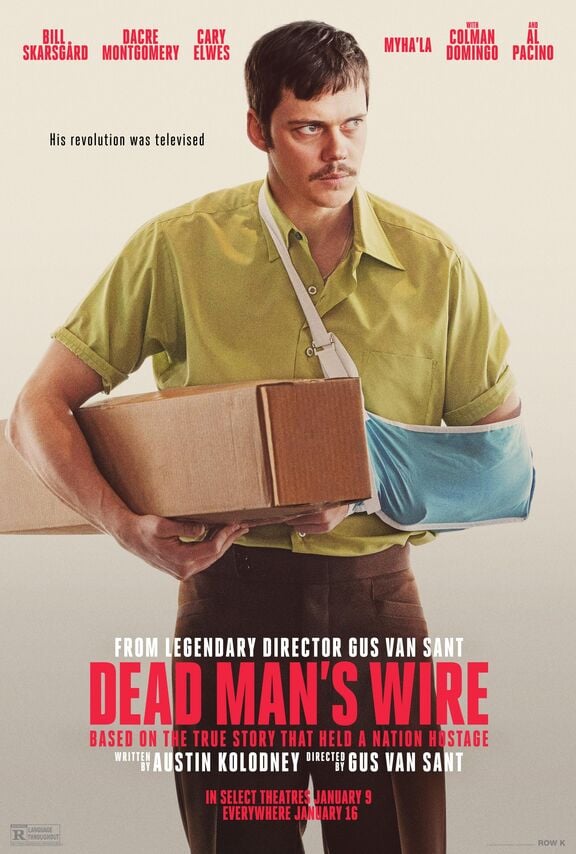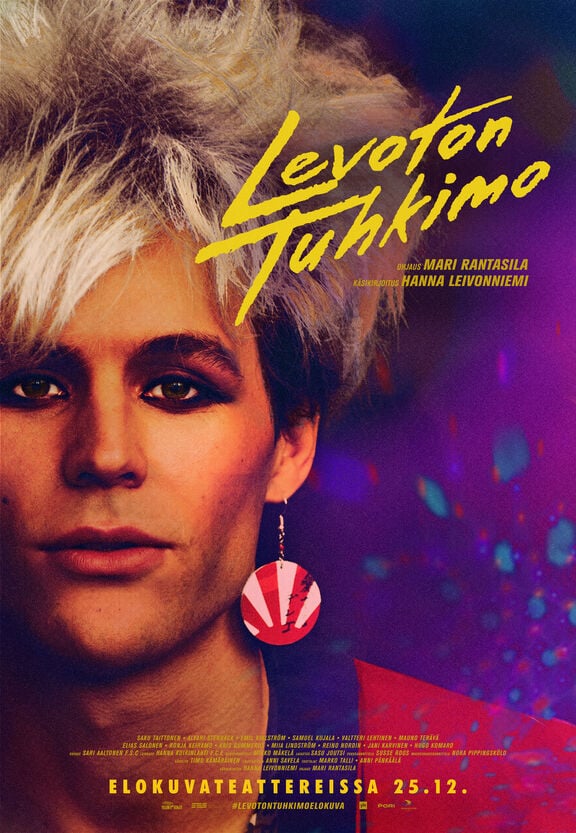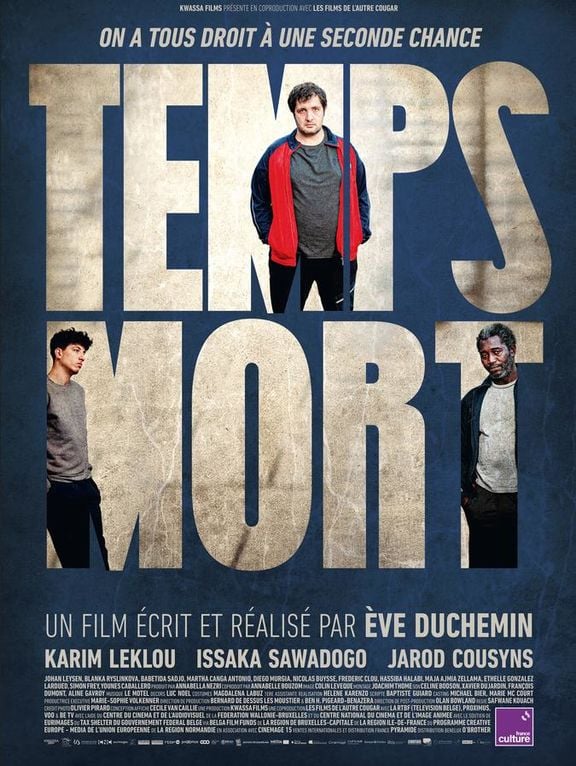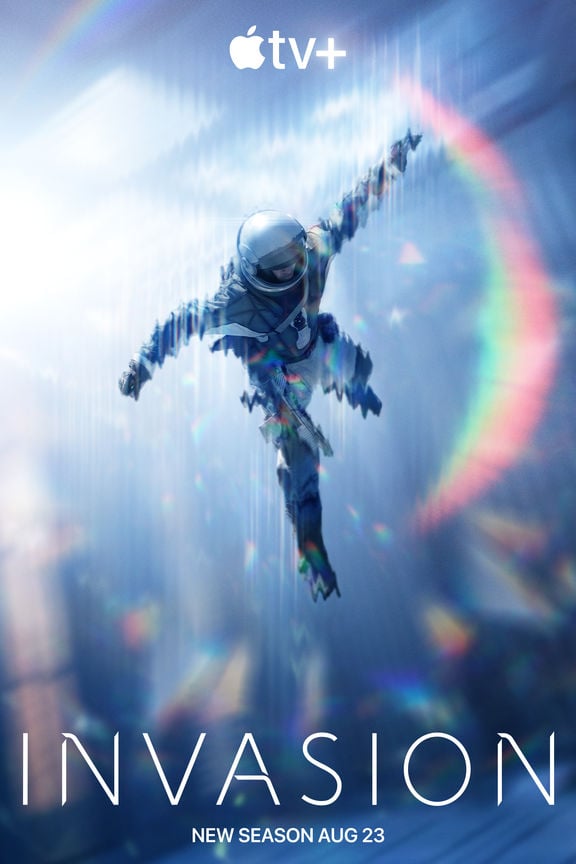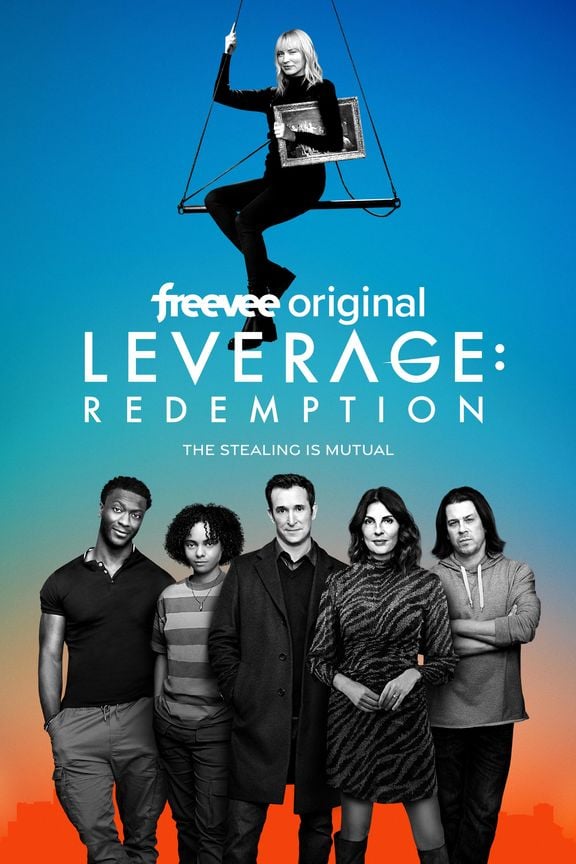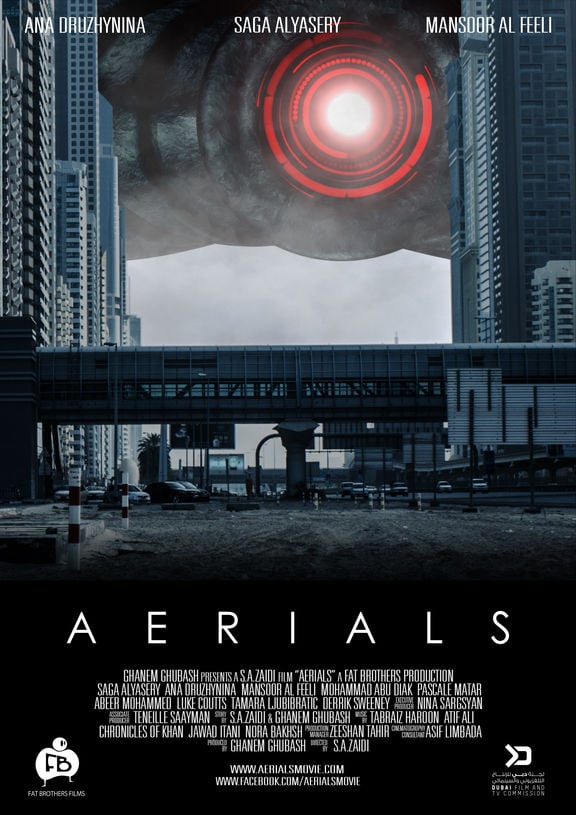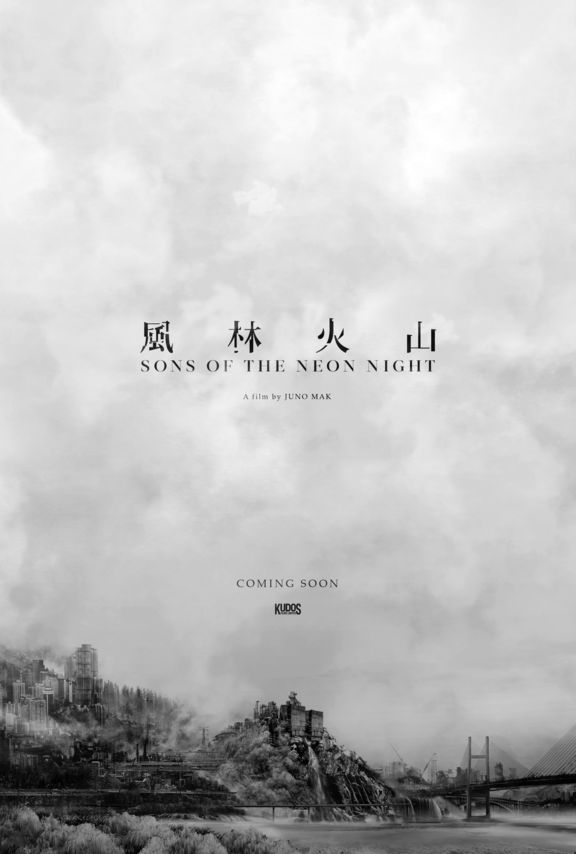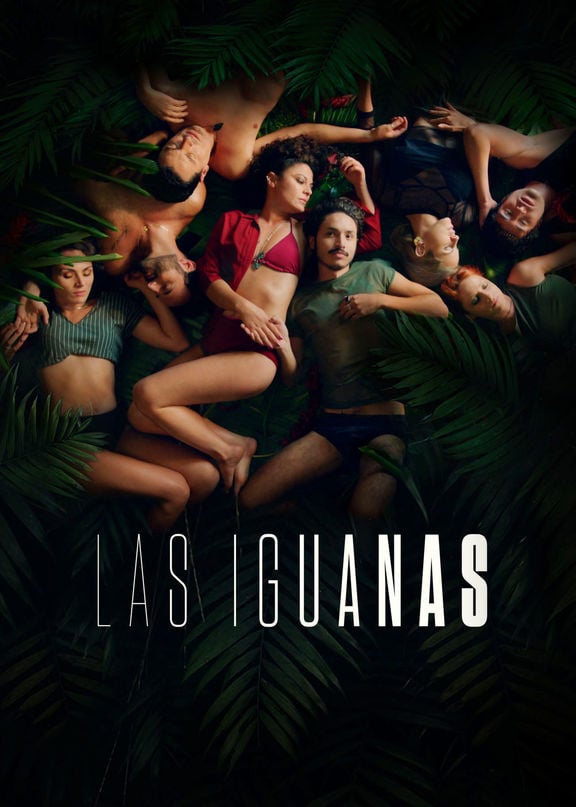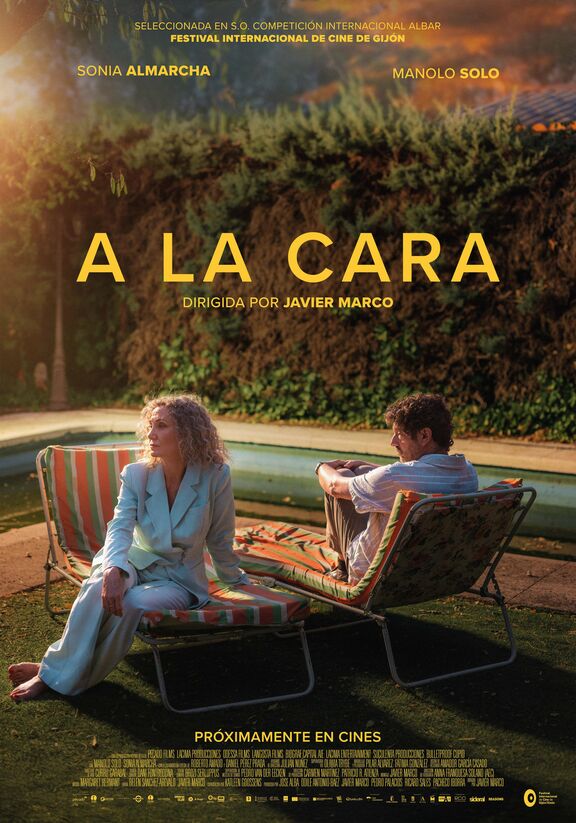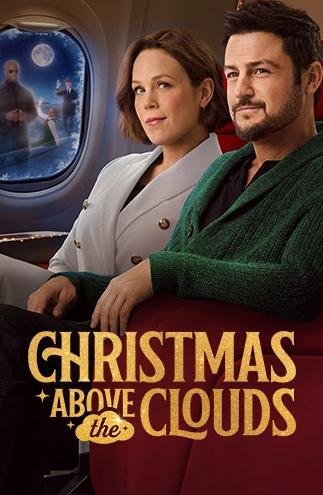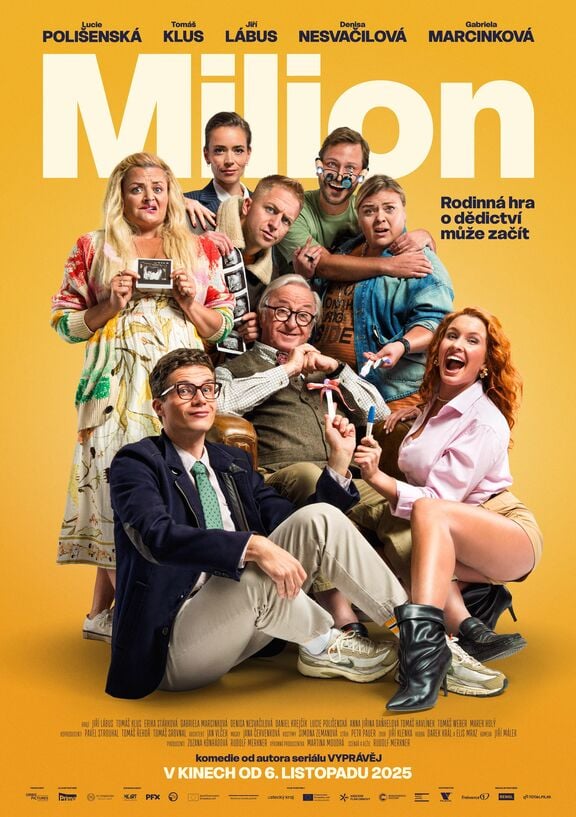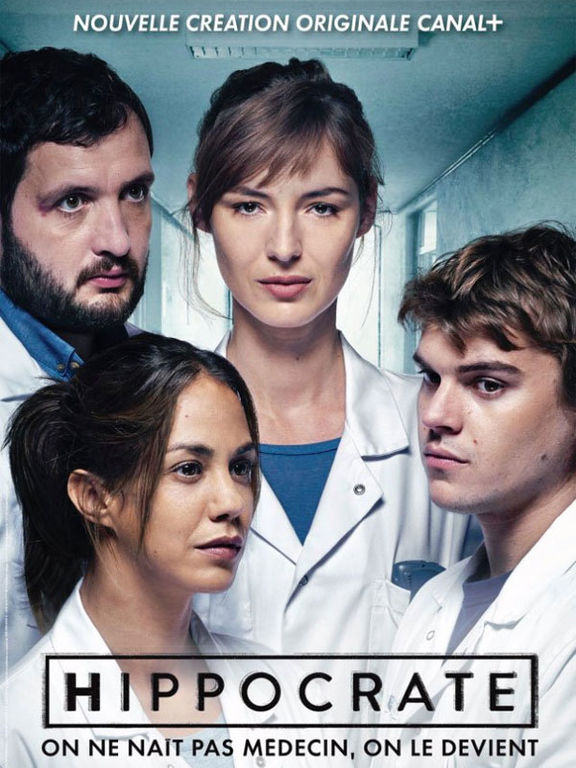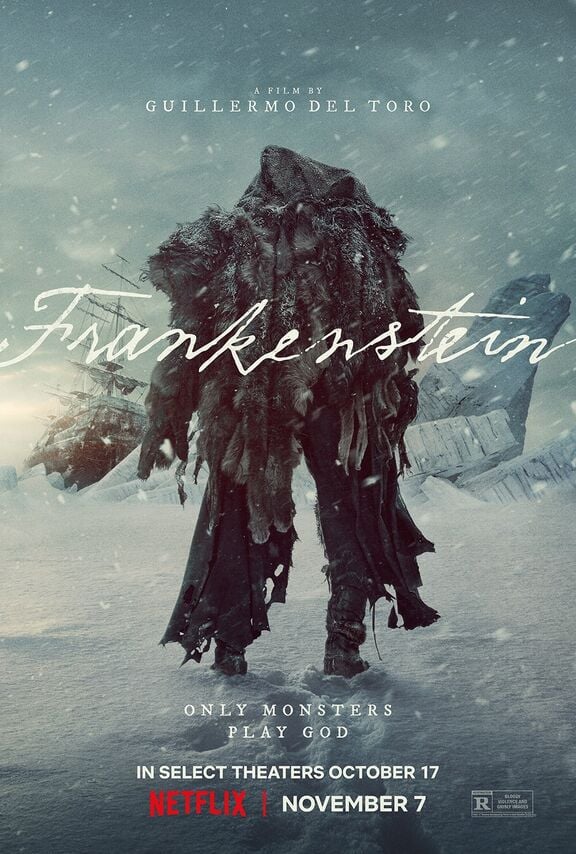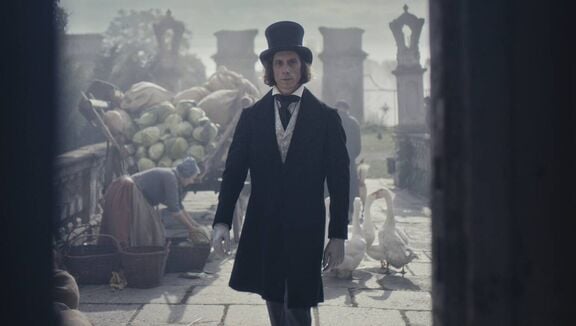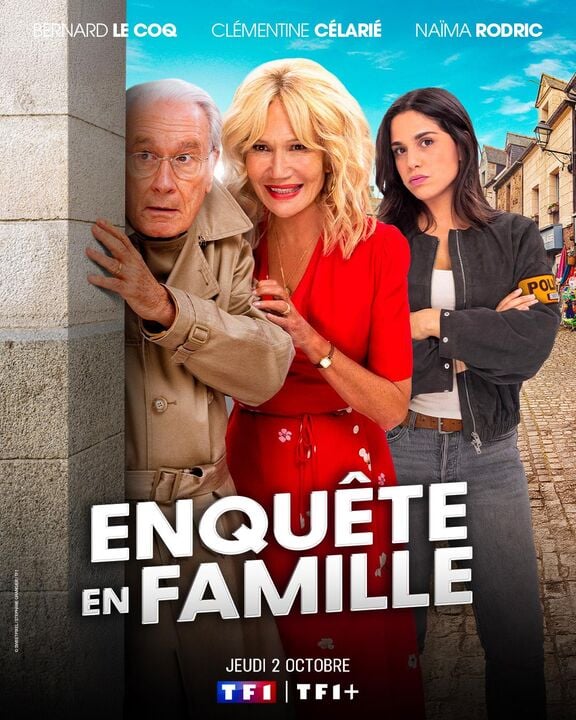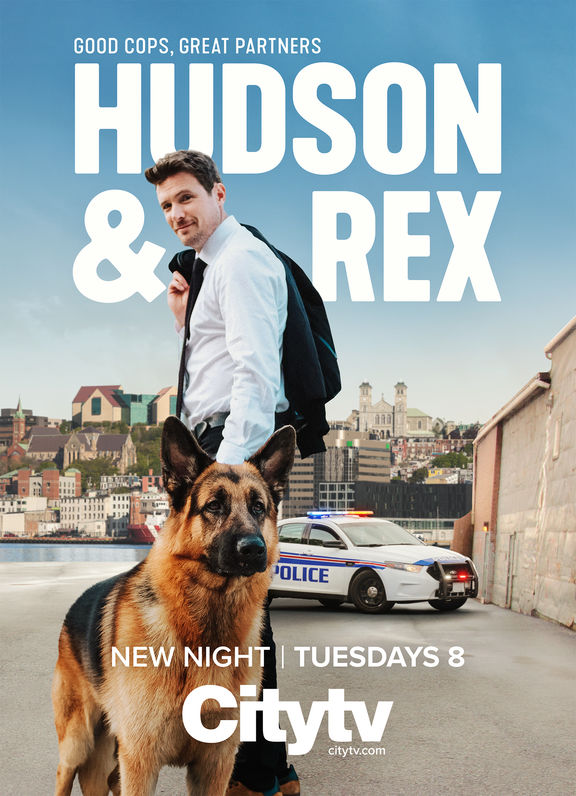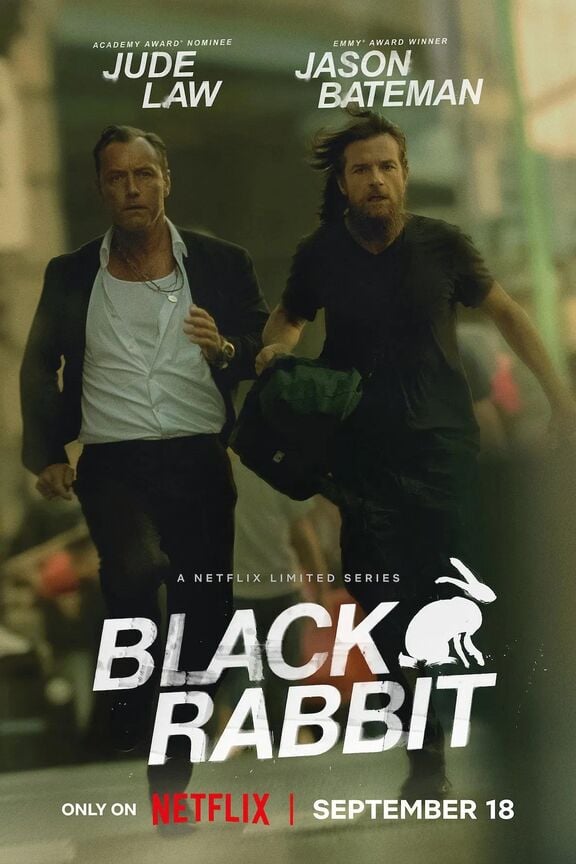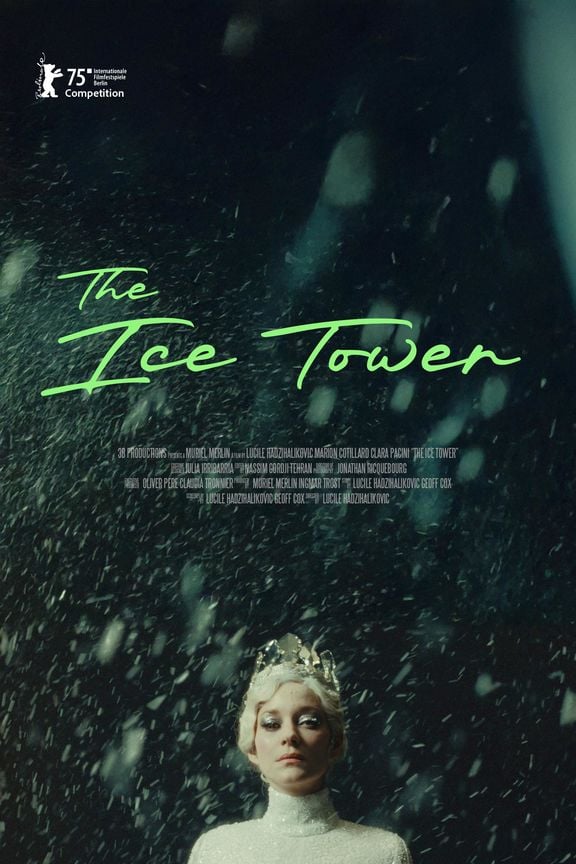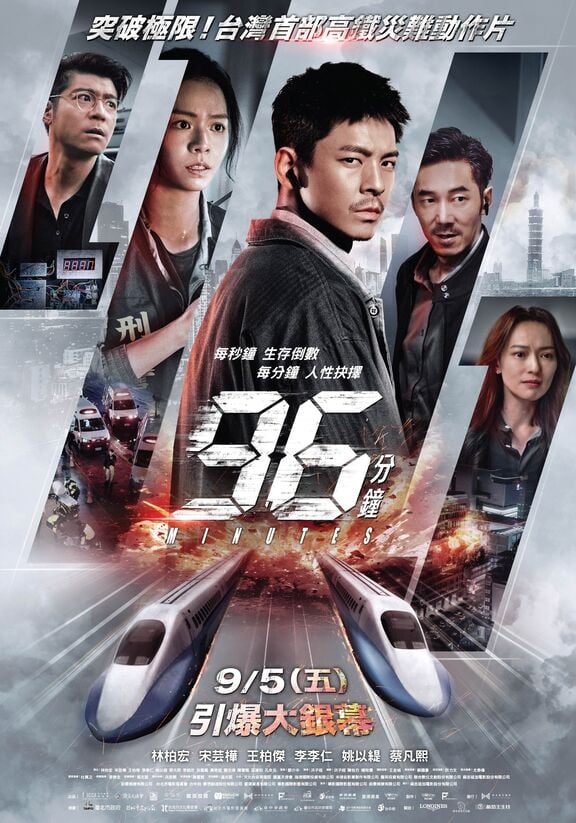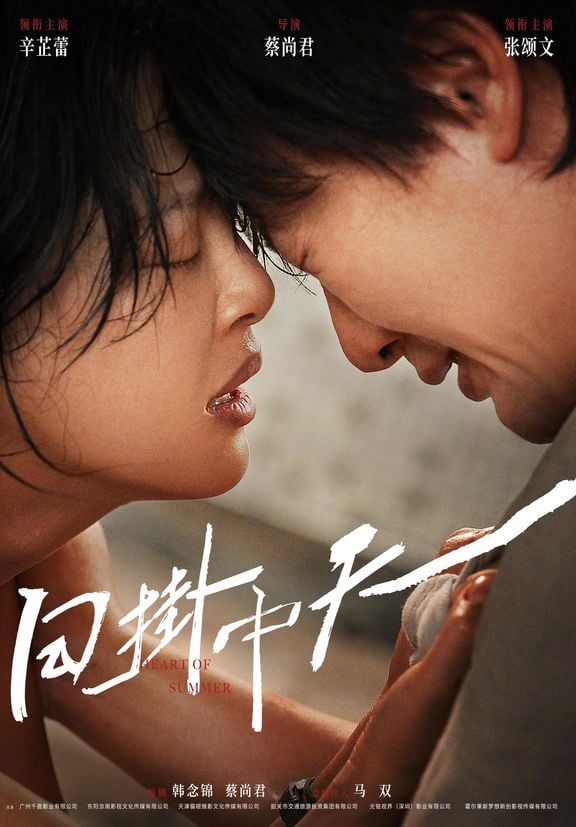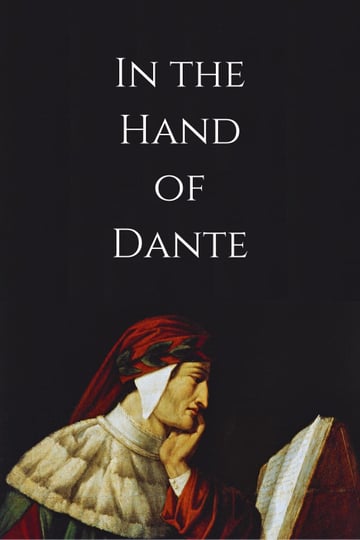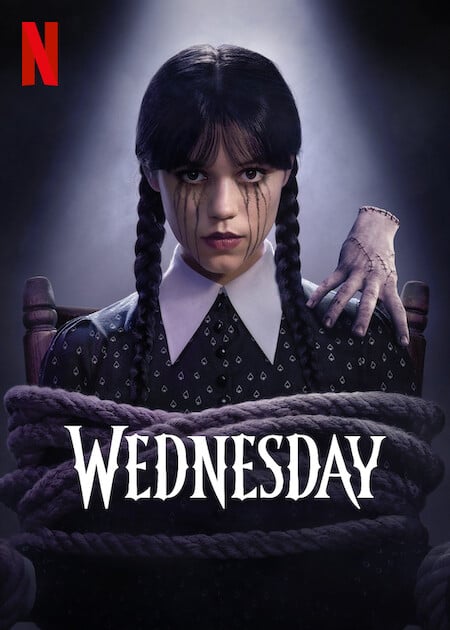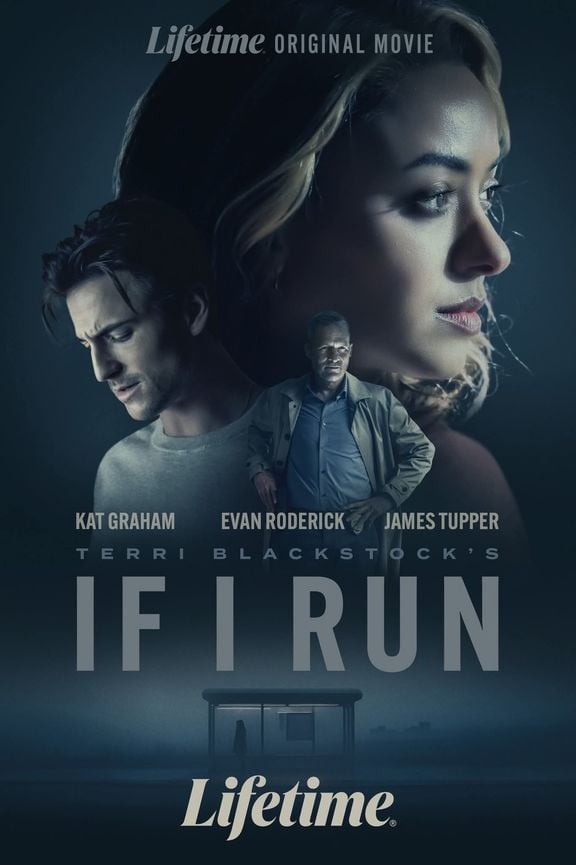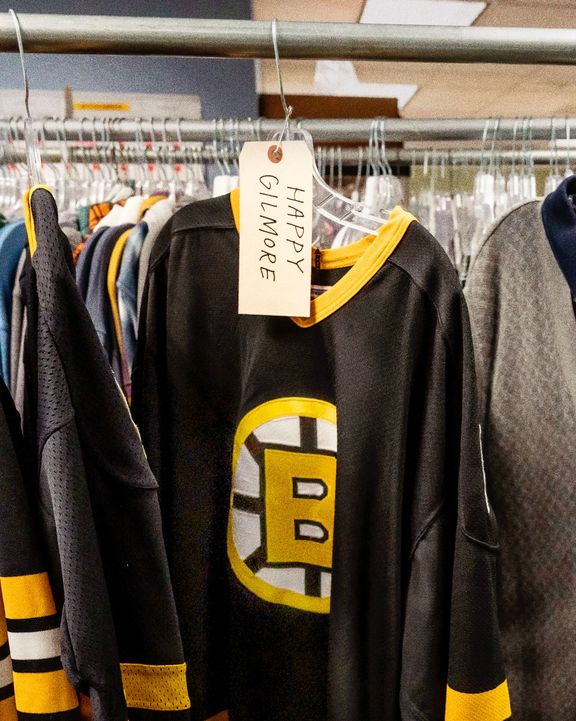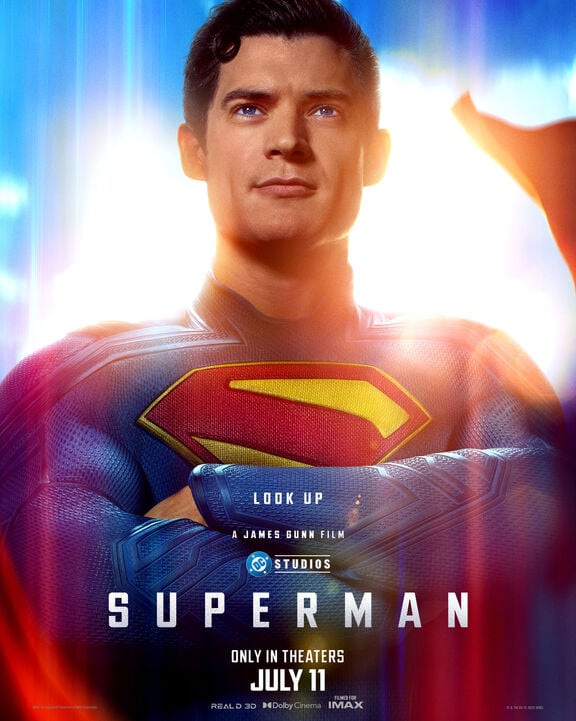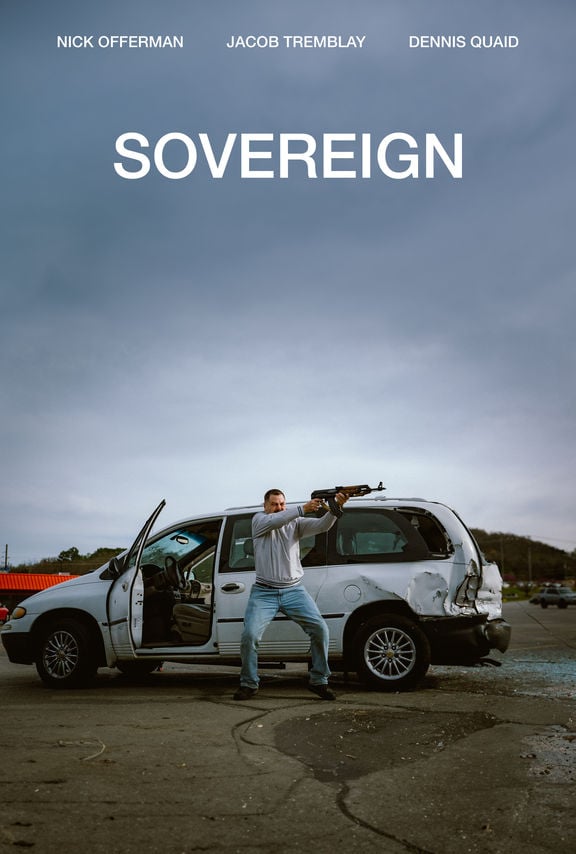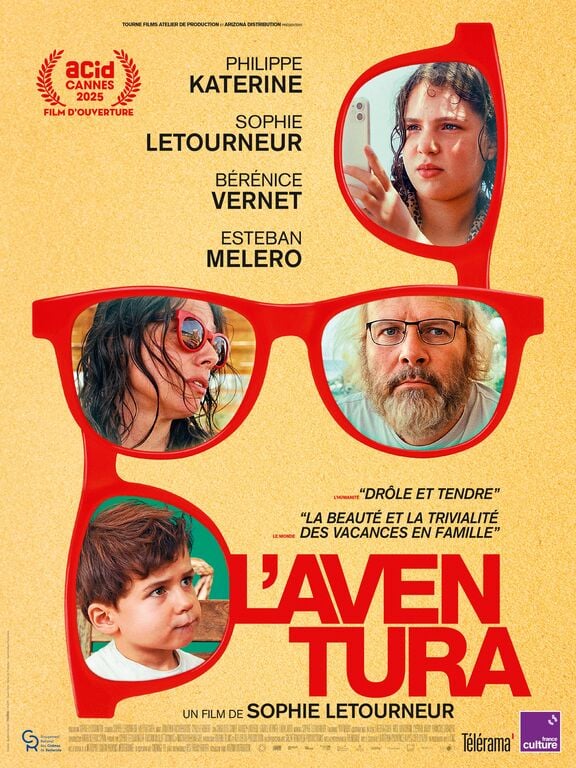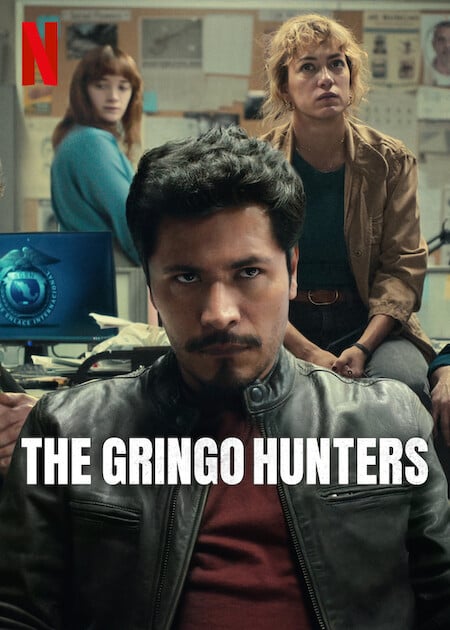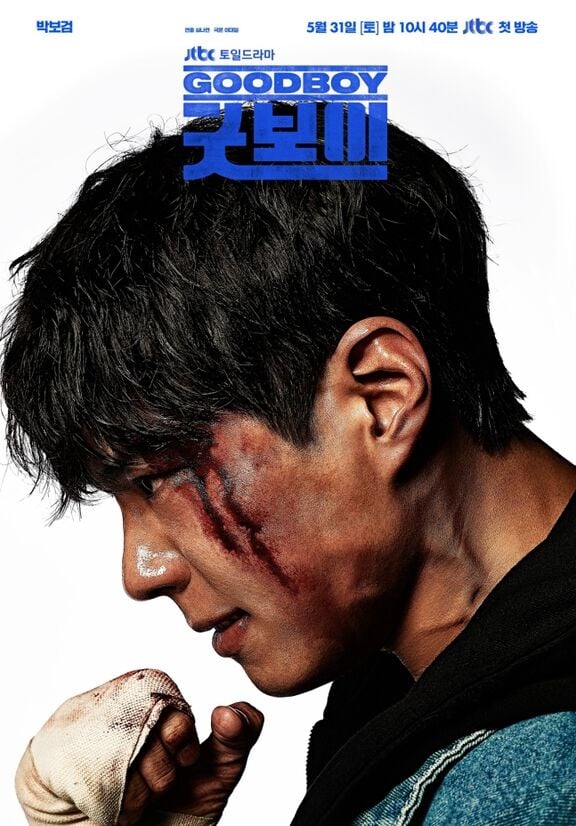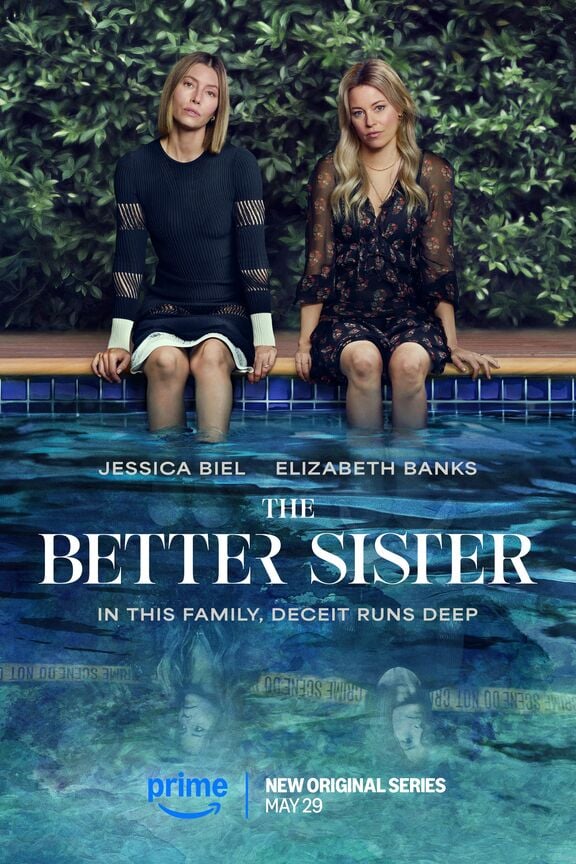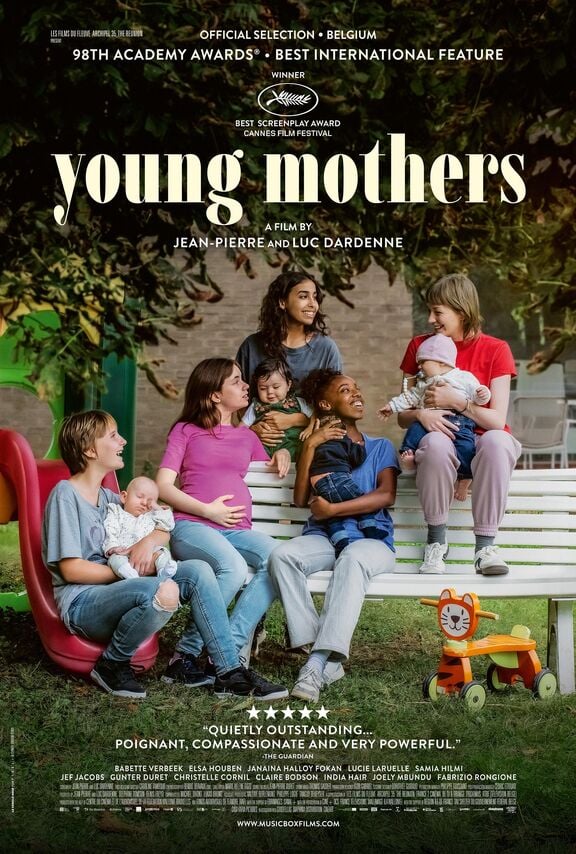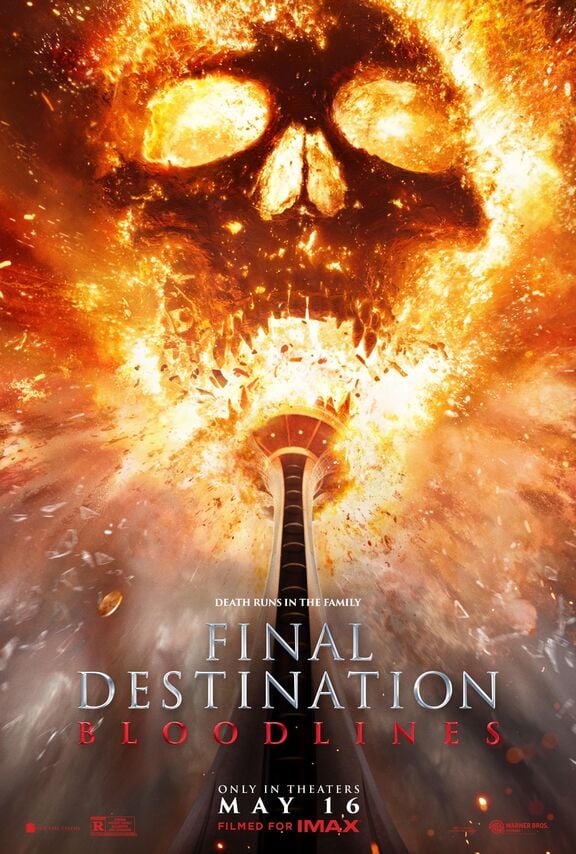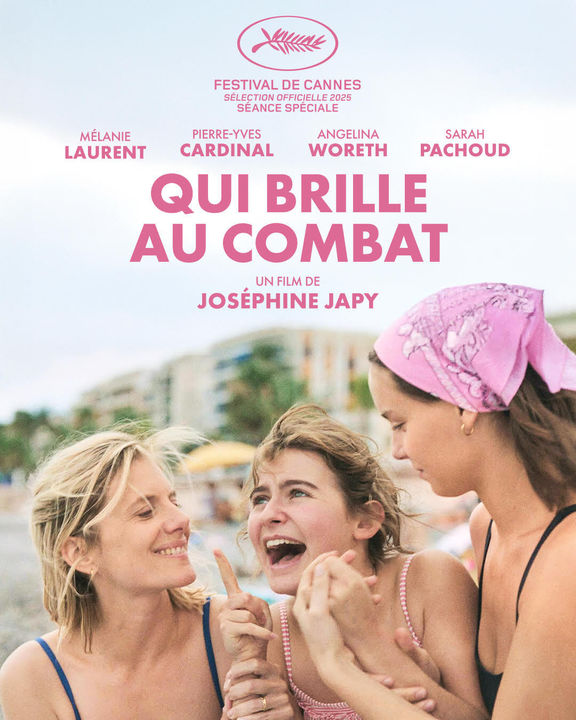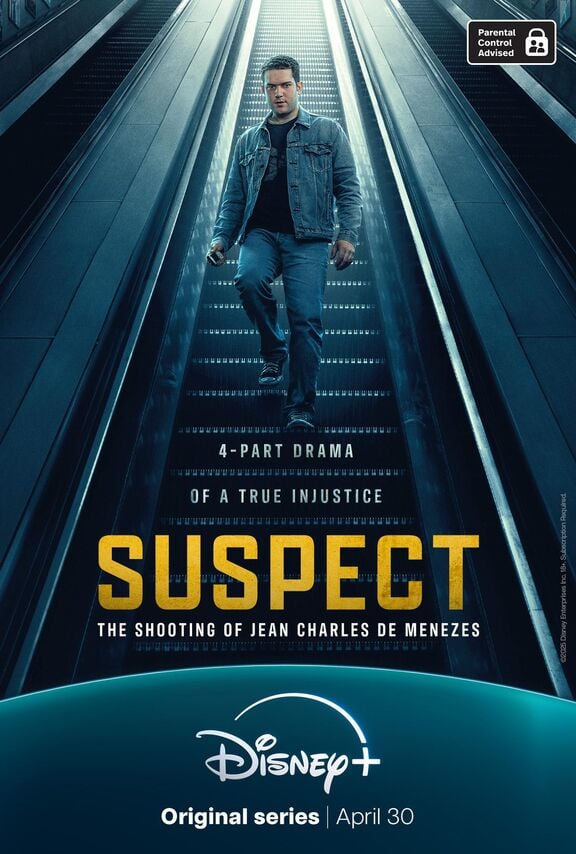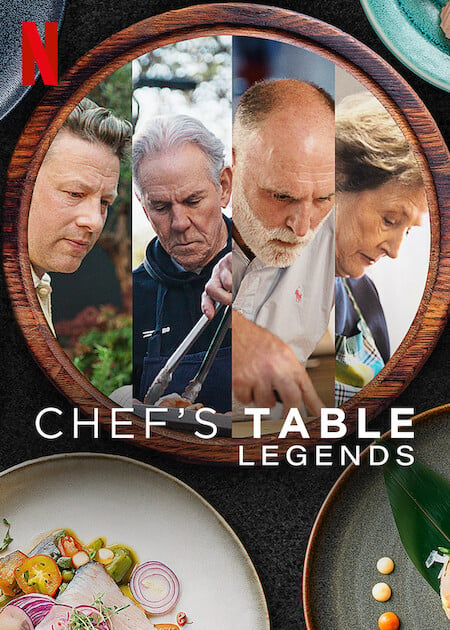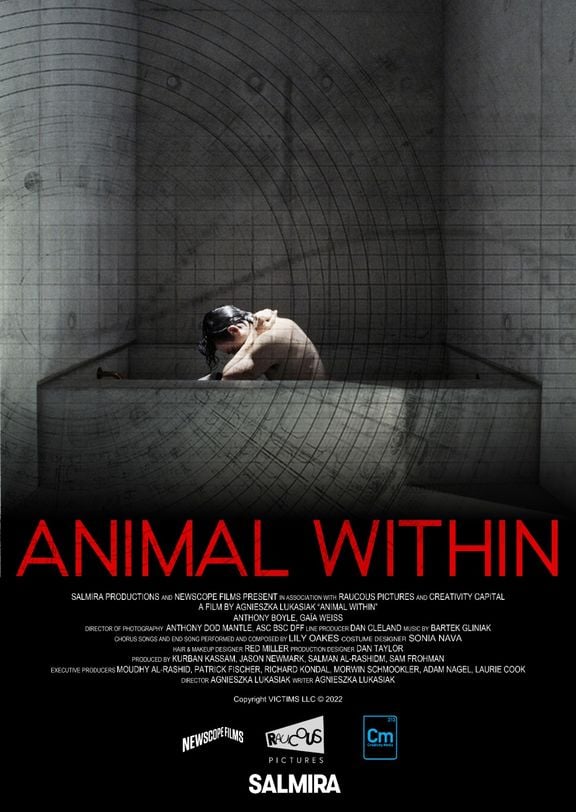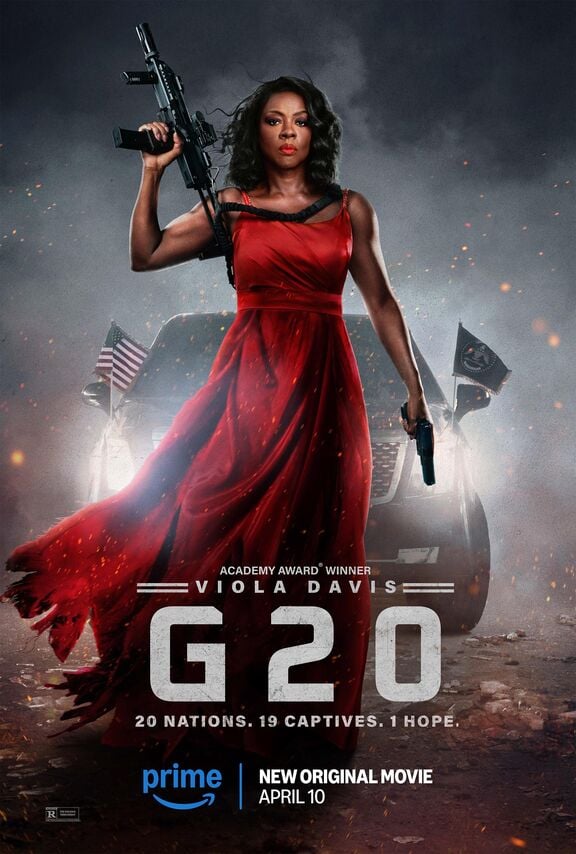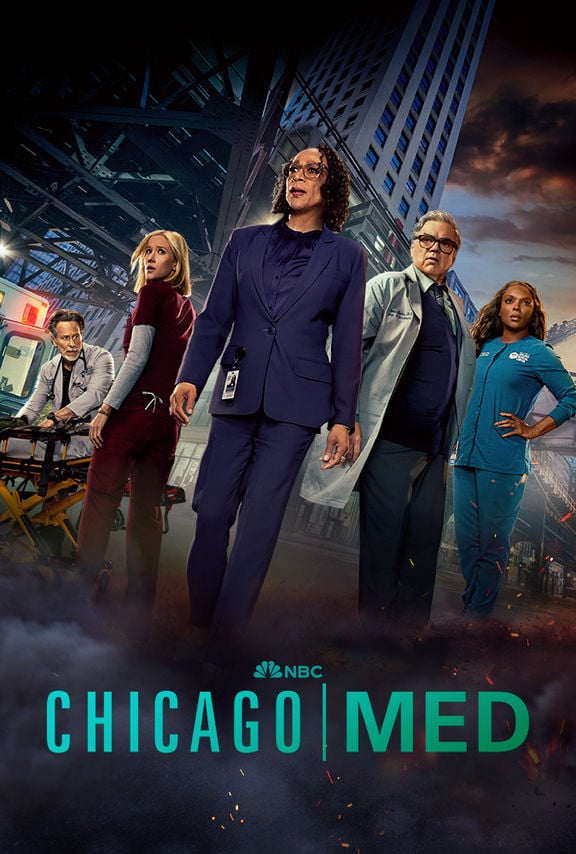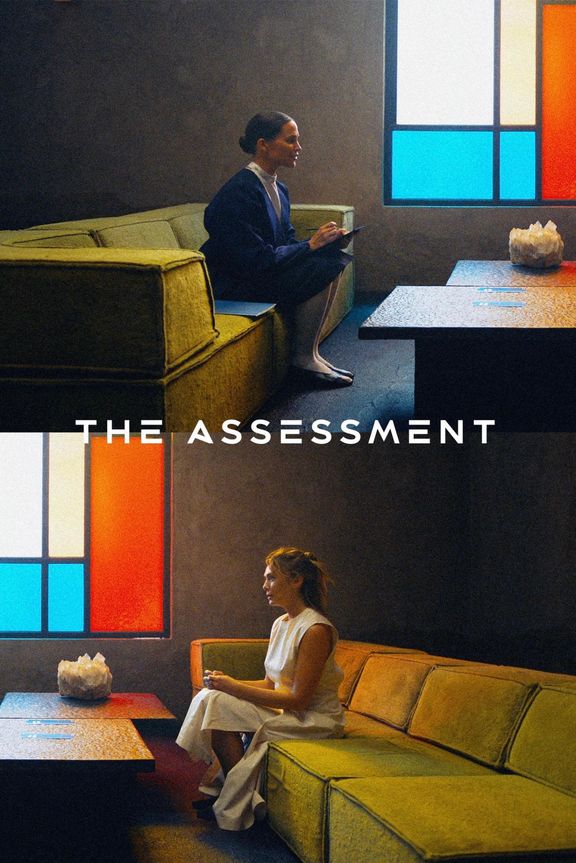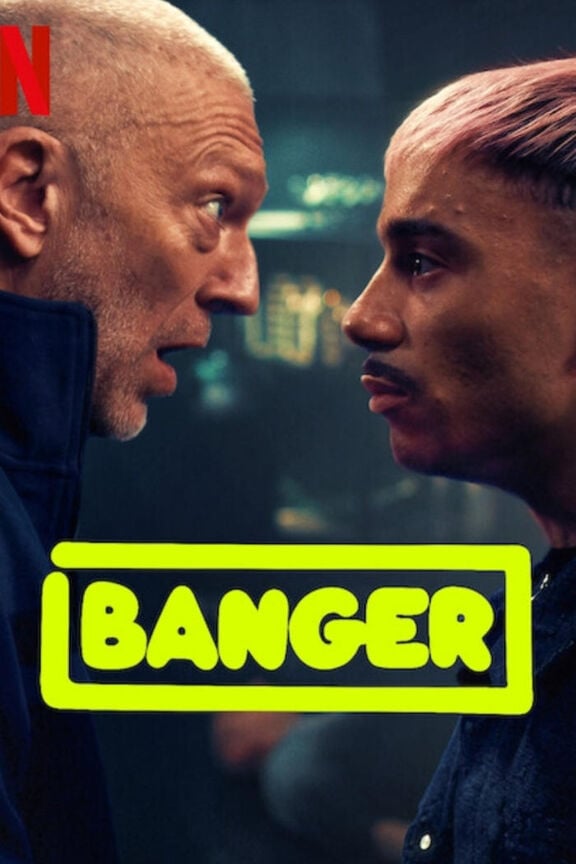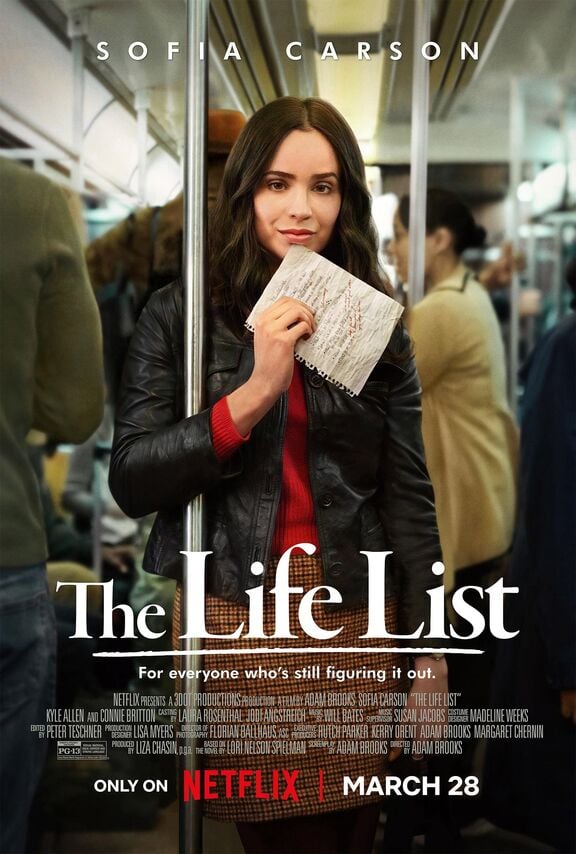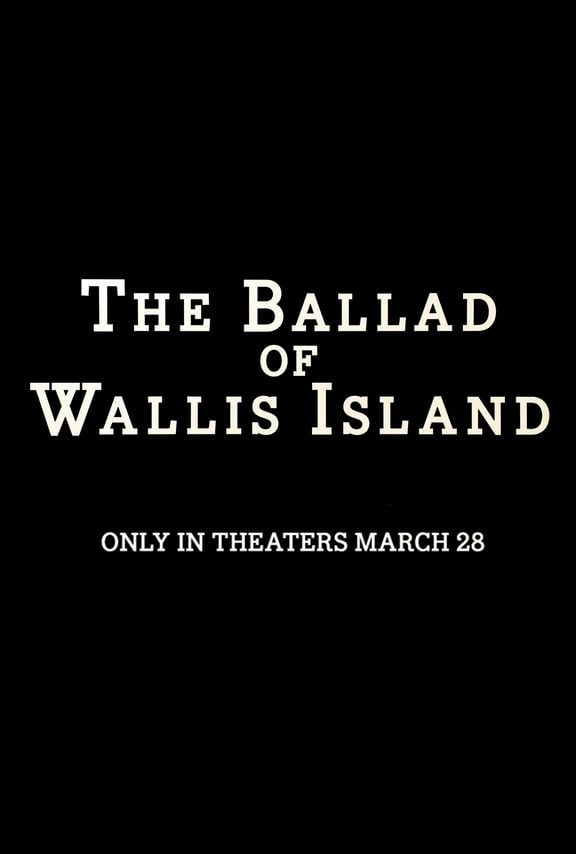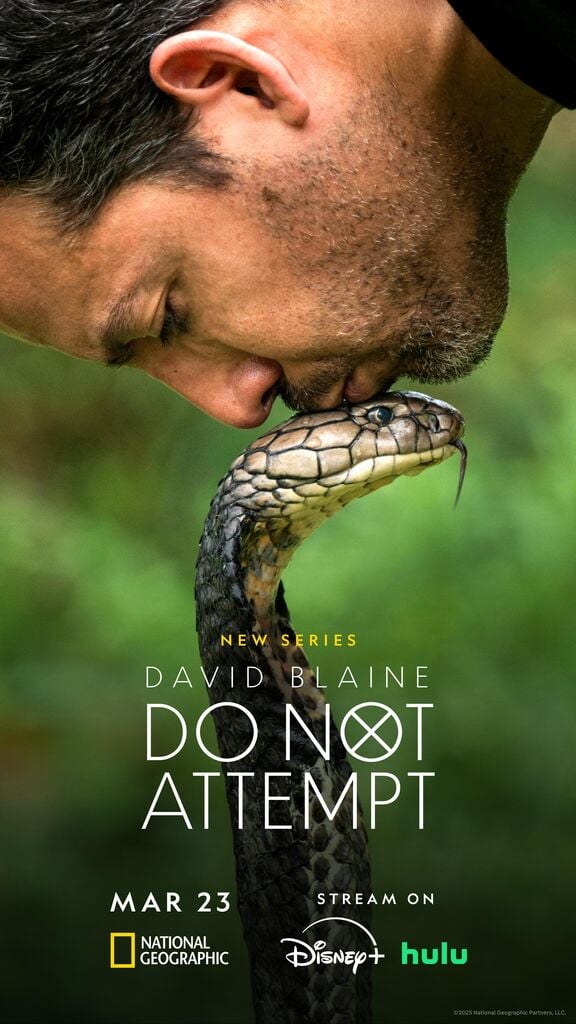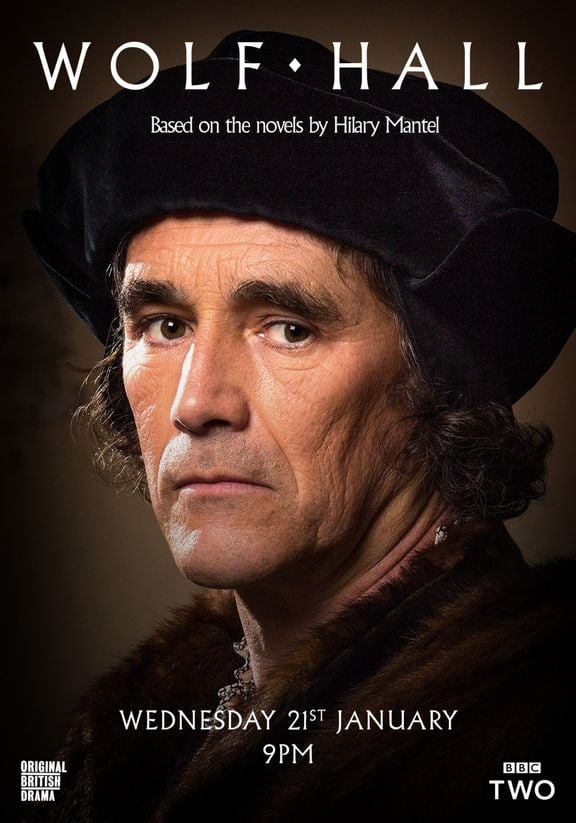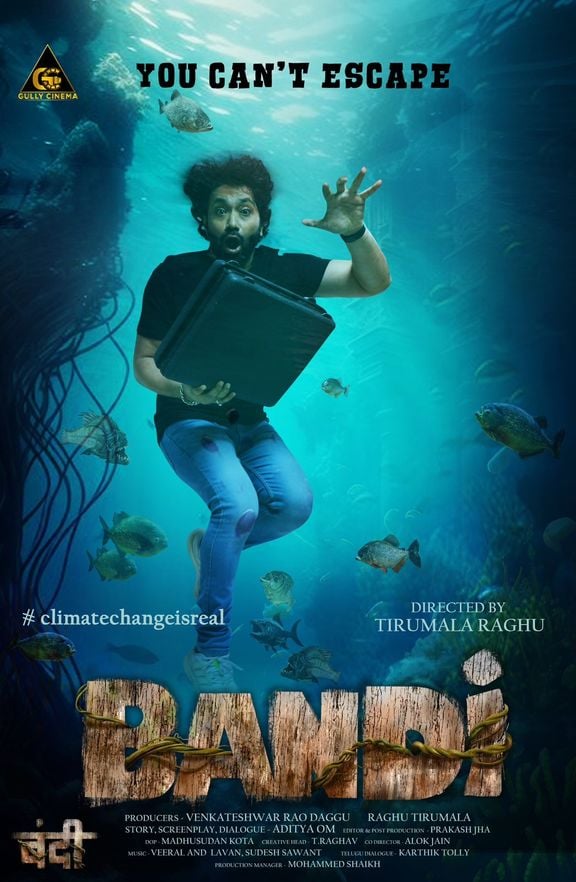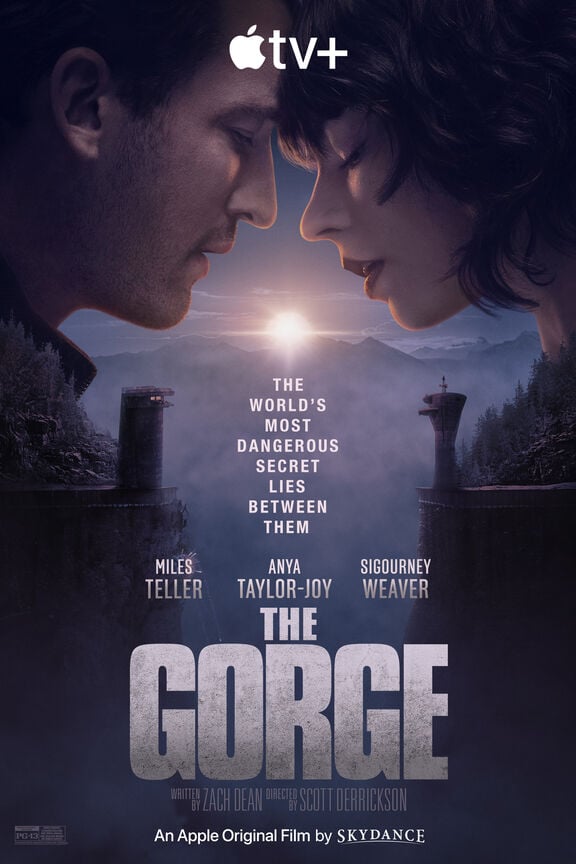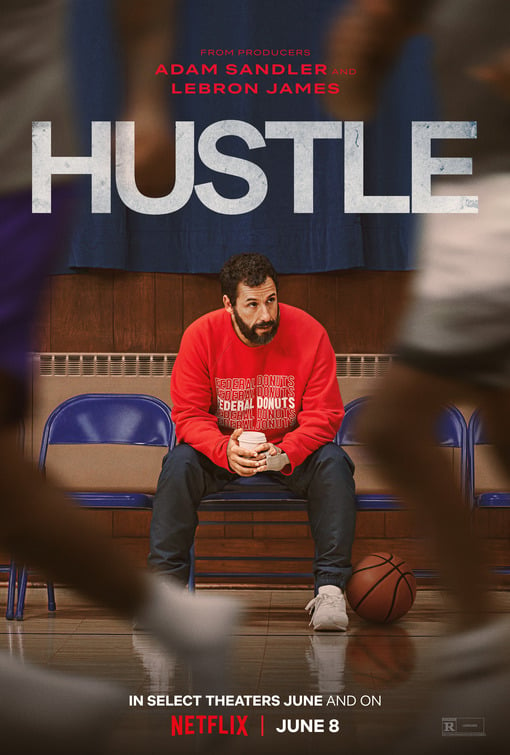
Hustle
2022 | movie
DoP Zak Mulligan
Director Jeremiah Zagar
Leitz lens LEITZ PRIME
Production Companies Happy Madison Productions | Kirschenbaum Productions | Roth Films | Roth/Kirschenbaum Films | SpringHill Entertainment
Distribution Netflix
Awards 1 win & 9 nominations
Equipment Supplier TCS
Country USA
“HUSTLE” DP ZAK MULLIGAN USES LEITZ PRIMES TO CAPTURE THE ON-COURT ACTION
Hustle brings a deeper emotional depth to the sports film genre by deploying two sets of lenses to convey the heightened world of high-pressure competition. Photographed by Zak Mulligan and directed by Jeremiah Zagar, Hustle creates a dance of action and character that is as exciting as it is engaging.
By: Seth Emmons
Seth Emmons: Your latest project, Netflix’s “Hustle”, is also your most recent collaboration with director Jeremiah Zagar. How did your involvement with “Hustle” come about?
Zak Mulligan: Jeremiah and I have worked on movies, documentaries, commercials, you name it, going pretty far back in our careers. Our film “We the Animals” premiered at Sundance 2018 and received the NEXT Innovator Award. Netflix CEO Ted Sarandos is apparently a fan and showed it to Adam Sandler when they were talking about making “Hustle”. Adam loved it and called Jeremiah about reading the script and directing the movie.
Doing a sports project was never on the radar for us, but Jeremiah saw an opportunity to make a basketball film look different. When he asked me to come onboard I was surprised but also excited by the possibilities.
How did you approach putting your own spin on the sports/basketball film genre?
In “Hustle” the story follows the discovery of an unknown Spanish basketball player named Bo Cruz [NBA player Juancho Hernangomez] by 76ers talent scout Stanley Sugarman [Adam Sandler]. Bo is rushed into the world of professional sports by Stanley, going from obscurity in Spain to playing high-pressure exhibition games against top players in front of NBA coaches rather quickly and it takes him a while to get comfortable and find his confidence.
Almost all basketball movies, and most sports films in general, frame the action with long lenses far away just like a televised game. We wanted to create a more intimate experience with the character, put the audience on the court, and use each basketball game to move the character development forward in a more sincere way rather than just focusing on the outcome.
In practical terms, how did you set out to achieve this?
One of the biggest inspirations for us was “Raging Bull.” Boxing films have a more natural POV perspective to them that puts you up close with the characters, but in “Raging Bull” each fight has its own story and unique visual language. You get the sports elements, the action elements, but you also get inside the characters’ experience in a way that moves all elements of the story forward. We wanted to get inside Bo’s character in a similar way.
Not only would each game tell a story, but the world off the court would feel different from the world on the court. Off the court Bo is comfortable and composed, but once a game starts that shifts and he enters a heightened reality with varying degrees of discomfort and self-control. We used two different sets of lenses to create that separation.
Was there an early sense of what those two different looks would be?
We didn’t come in with any preconceived notions so we did a lot of tests to develop ideas of how to move the camera and create that visual language. From there we layered those ideas with character and story elements.
We settled on Hawk class-X anamorphic lenses to represent the real world as they’re a little softer, more gritty, to fit with Bo’s background of coming from the wrong side of the tracks. But when he started playing against professional level players, we chose the LEITZ PRIMEs to represent the heightened world that results from the pressure of this life-changing opportunity.
We thought about keeping the whole film anamorphic, but it was more of an emotional choice. The LEITZ PRIMEs have this humanity to them that feels like what you see in some older glass, except they’re really well built and match well. There’s a beautiful roundness to them, especially on the wider lenses close up, which we used a lot on the court. When you’re wide and that close with somebody, especially when they’re moving quickly like that, you really feel the motion and the dimensionality of it. It feels almost like 3D. Juxtaposing them with the anamorphics created a look that stood on its own. At times we amplified that difference by shooting with a skinny shutter to decrease the motion blur, going down to 22.5°, and using more frenetic camera movement at times to make the action feel even more intense and anxious.
Camera movement played a big role in creating and controlling emotion. On the court during the basketball scenes we used a variety of camera movement systems, from Steadicam to remote cars to a rig the players could wear that pointed the camera directly at them for all those up close and in-focus shots while they were moving. That alone created an intimacy with the character that conveyed emotions more strongly.
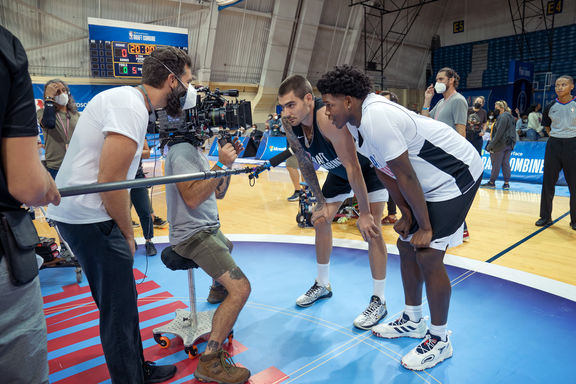
Did you use any filtration with the LEITZ PRIMEs or did you shoot them clean?
They were either clean or had a +1 or +½ diopter. For some mediums and close ups I used diopters to make the image a little creamy and kick the focus off a bit more to give it a painterly feeling.
What does your lens testing process look like?
I love to look at a lot of lenses at the beginning of a project. My first camera test is always about lenses. Everything starts with the script and the story, and from there I start circling around some broad ideas about what feels appropriate through lens testing.
For “Hustle” we worked with TCS Film in New York. Erik and Oliver Schietinger pulled out more than a dozen lens sets for us to look at. My process is to put a person in front of the camera and see how a lens renders a portrait. We photograph humans to be in stories about other humans so how a lens renders people needs to feel true and honest for the story you’re trying to tell. For me it's an emotional reaction, not an analytical one. We went through all the lenses, recorded clips of each, and then went into the DI suite to take a look.
Jeremiah and I have collaborated with Seth Ricart at RCO in New York for a long time. He’s got an excellent eye and colored “We the Animals” and did “Hustle” as well. So we took the clips and sat down with Seth and started going through them. When you’re in a proper DI suite you can see the differences in the lenses right away: that one’s sharper, that one’s softer, that one’s got more contrast. I can generally tell by comparison everything I need to know. I always like a little bit of distortion, some character to a lens. If it’s too antiseptic it doesn’t interest me. But, in the end it needs to render the face properly with the right amount of contrast.
Jeremiah first got the idea to create a different look on the court during those early DI sessions. We started looking at what combinations of lenses might be interesting and were really impressed with the way the LEITZ PRIMEs looked specifically. There’s something really special about them.
Can you give some examples of how you created the emotional fingerprints for some of the different games?
The goal was to dive into who these characters are and what they’re feeling during the games. Our main way into these moments involved having the camera physically close to the players with wide lenses and working a lot with point of view to literally see what they see. The close focus and lack of distortion of the Leitz Primes made them a good fit for these scenes.
As I mentioned, we reserved the anamorphic lenses for when we’re off the court with one important exception. We shot the first game where we meet Bo on the street court in Spain with the Hawk class-X lenses. During that game Bo is relaxed playing in his natural environment, pulling scams and having fun. He hasn’t been pulled out of his comfortable bubble yet.
Contrast that with Bo’s game at the Catholic school gym when he arrives in the US. He meets Kermit for the first time and we establish the dynamic between them. Here we’re on LEITZ PRIMEs and the scene opens with a dirty, fast moving Steadicam oner that goes 360° around them while they’re lining up for the jump ball. Kermit introduces himself and starts trash talking. Shortly after the tip off Bo is a little rocked off his feet as Kermit keeps talking and starts to outplay him.
The camera movement becomes more handheld with operators being pushed on rickshaws or just running with the camera. The pace of the edit gets really fast and really cutty. There are quick shots of balls being blocked, shots going in or missing. We started using the skinny shutter so the images are really sharp and jittery and cranked the aperture all the way to T1.8 for a super shallow depth of field. The audience becomes a bit disoriented just like Bo.
We cut back and forth to the scouts on the sides and their reactions underline for the audience how to take this all in. They’re seeing it more clearly than everyone else. In the beginning they’re saying, “That’s Stanley’s kid. He’s looking good.” But their feelings begin to sour as the game goes on and by the end it’s, “Better luck next time Stanley.”
By the last game of the film Bo has made it. He’s in his groove and everything is smooth and flowing. We’re still on the LEITZ PRIMEs but at a little deeper stop and a bit further away from the players with a standard 180° shutter. There’s no tension now and the camera movement has evened out to feel more comfortable and less frenzied.
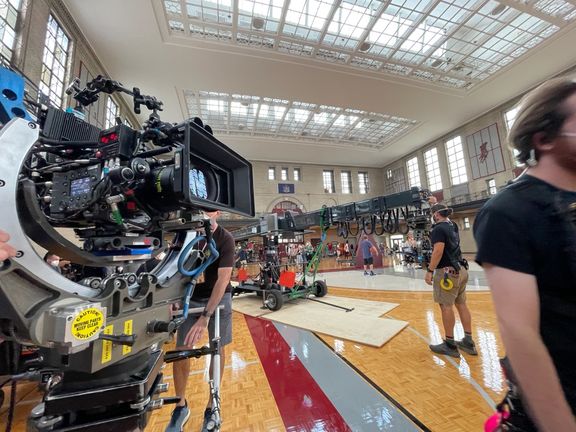
You also created a visual language just for Stanley as well, right?
That’s right. During every game we have Bo’s perspective, but we always have Stanley’s perspective too. Bo’s perspective is on the court, in the thick of it, wide lenses up close to him. Stanley isn’t on the court in that world, he’s always off to the side, so for his view we used the vintage Cooke Varotal zoom, which is spherical, but being vintage and softer allowed it to coexist in the world of the anamorphics.
Stanley’s POV sees the game the way a scout sees it. We would get close up on details or zoom during the shot to focus on and spotlight elements of the game that only Stanley catches. We made the visual style unique to Stanley by employing it more like documentary vérité rather than as a variable prime. You experience this during the initial scouting trip when Stanely sees that the Senegalese player gets distracted and his heart isn’t in the game, or when the “German MJ” Haas bends over and cleans his shoe when he should be paying attention. We used it a lot when Stanley discovers Bo in Spain. All the little details come into focus: clenched fists, quick hands, passing to his teammates. Stanley notices these things when nobody else does and the zoom helped us show that perspective in a unique way.
Since you were mixing anamorphic and spherical, what aspect ratio did you finish at?
We did 2.40:1 on the Sony VENICE. We shot full frame 6.5K with the LEITZ PRIMEs and then cropped them to 2.40:1 to match the anamorphics. Interestingly, they ended up having a very similar angle of view, for similar focal lengths, as the anamorphic primes because we shot those at Super35 4K.
Switching gears a little bit, how did you approach shooting the training montage?
It’s a genre requirement for a sports movie and with so many great training montages out there the probability of cliché is high. We wanted to put a different touch to it if possible, but it was kind of a head-scratcher at first.
We had to have the action and movement, but we wanted to make sure it pushed the story forward in other ways while keeping the images dynamic and beautiful. We used the montage to illustrate the growing father/son bond between Stanley and Bo and lean on that emotional element in a way that feels honest.
I thought Jeremiah did something really smart when he had Bo do the Rocky boxing thing at the top of the stairs and Stanley yells “Go Rocky!” It’s like, okay, we’re in Philly, we’re doing a sports movie, and we understand what you’re watching right now is a montage. It’s this little wink to the audience to lighten what might have been flat and cliché otherwise.
One of the parts I loved was Stanley yelling through the windshield as Bo is running up the hill. There’s a playfulness that shows the humanity of the Stanley/Bo dynamic. Stanely will crack a joke and even though Bo’s tired he’ll laugh.
What’s great about that is it was total improv. Juancho is not a trained actor, but he’s very talented and got so comfortable in his skin during production that he started improving with Adam. Adam is an amazing talent and Juancho just stepped up and leaned into that. It was really cool and also kind of gutsy. Some of those moments were totally real and spontaneous.
How many times did Jauncho have to run up that hill?
Haha! Probably more than he would have liked.
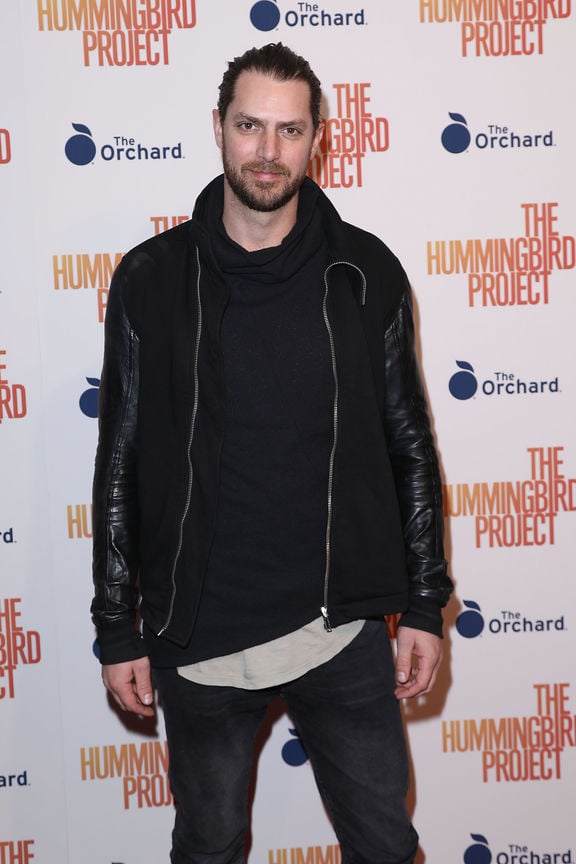
Overview
DoP Zak Mulligan
Lens used
LEITZ PRIME
Performance
